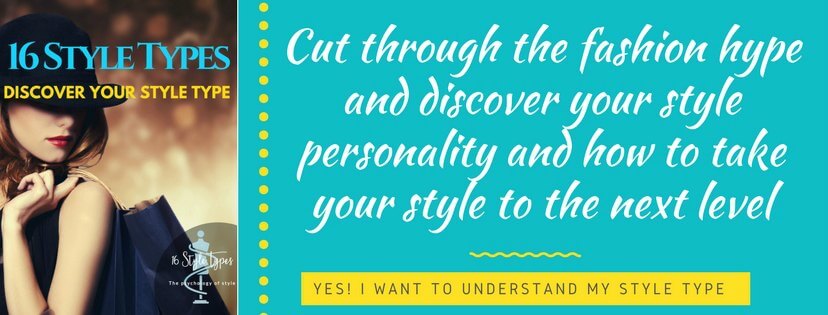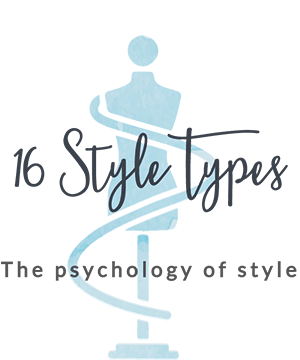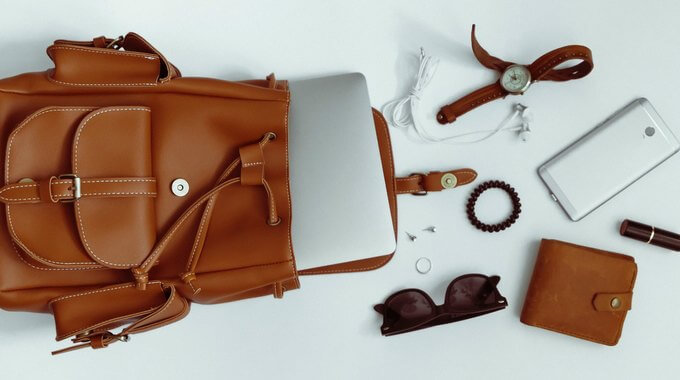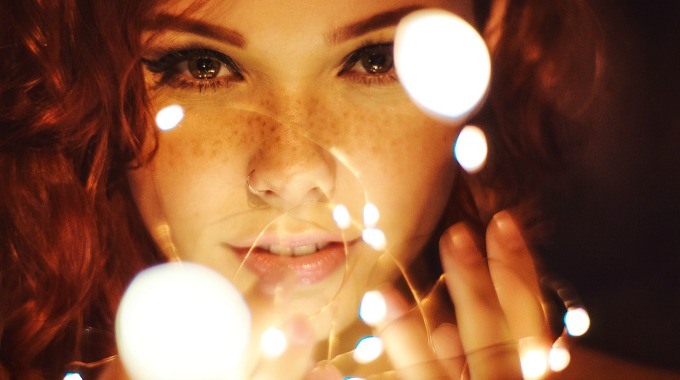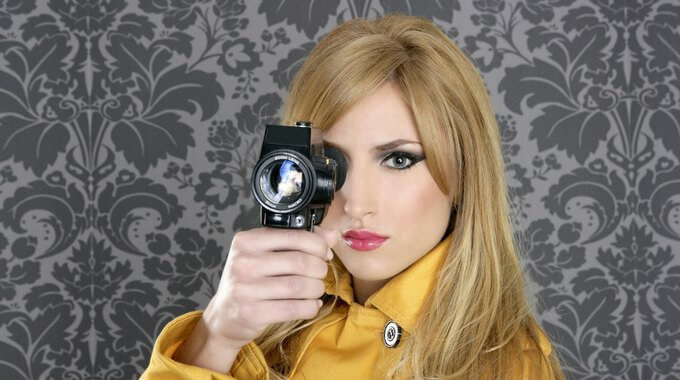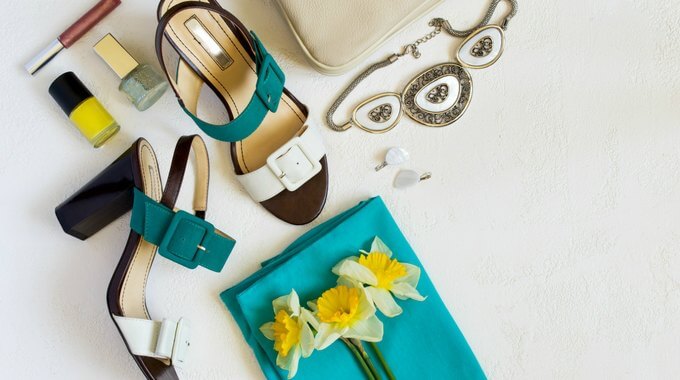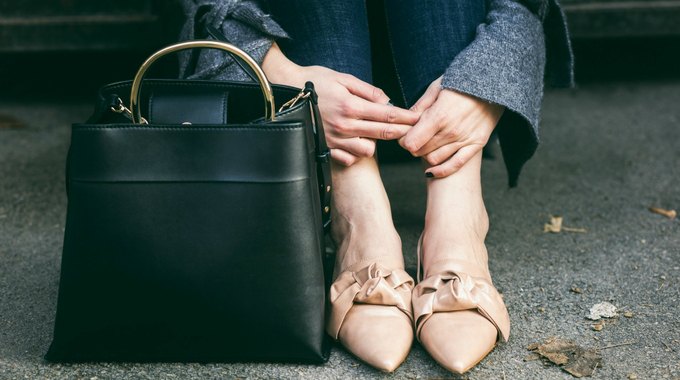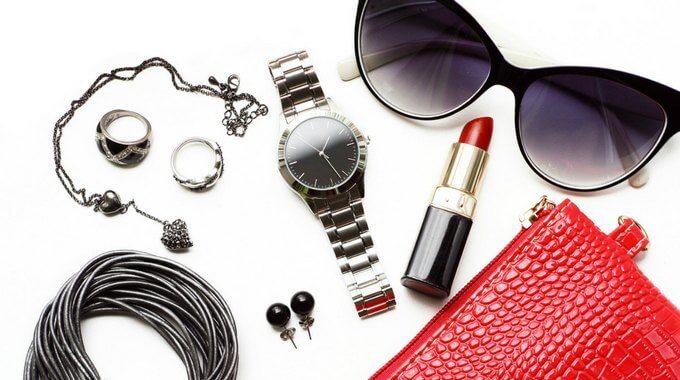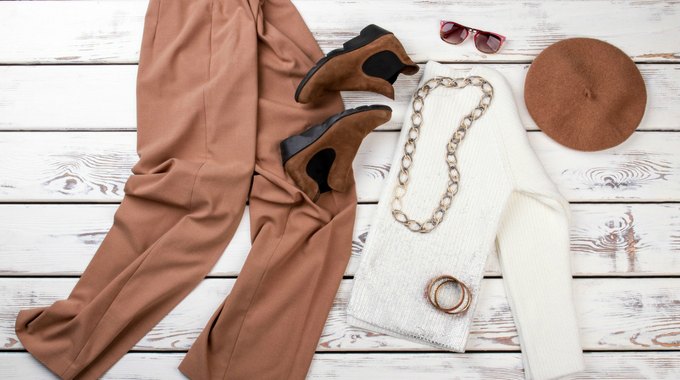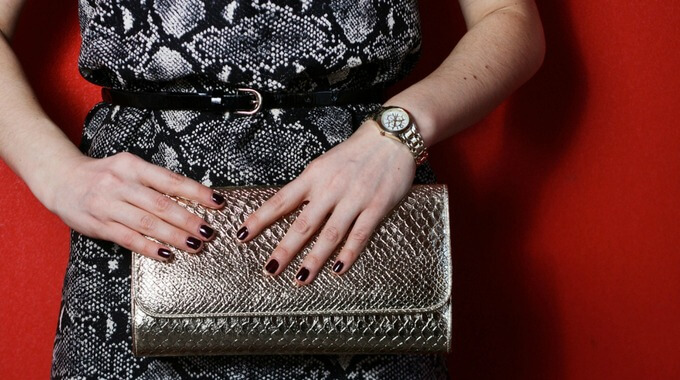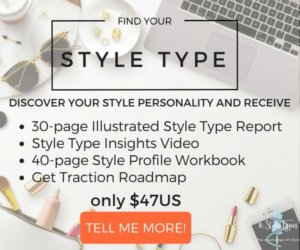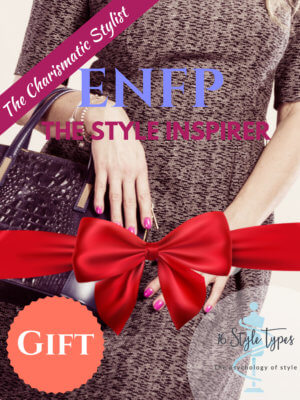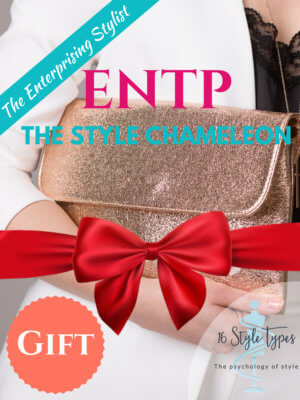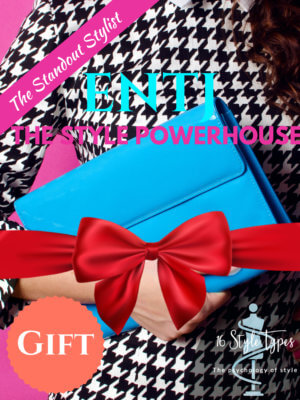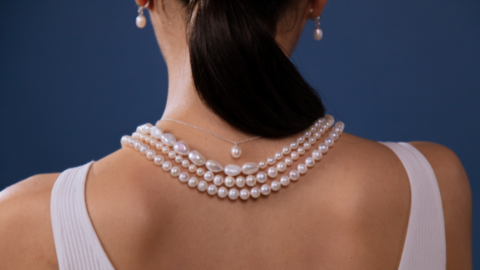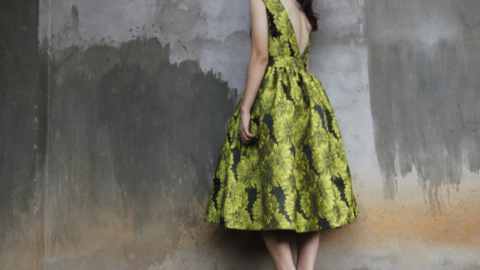By Jill Chivers
It’s almost impossible to think of modern life without including stress in it. I’m yet to meet a single person who doesn’t experience stress of some sort or another on a fairly regular basis, and most organizations and workplaces are aware that stress is a real phenomenon in the lives of their workers. Even in our leisure and “off” time we can experience stress with sporting clubs and volunteer organizations now aware of the impact of stress on their members.
The impact of stress on a person can be lasting and hard to quantify, and of course each person is different in how they respond to stress. When it comes to style stress, each of the 16 Style Types will also experience some form of stress in relation to her appearance, her style, and how she looks.
The style stress each woman experiences will differ from Style Type to Style Type, including what triggers it and how each woman typically reacts to it. What causes style stress to the Subtle Stylist INFJ is different from what triggers stress for her style cousin the Expressive Stylist ENFJ, for example.
In this four-part series, we’re exploring each of the 16 Style Types and style stress: how they experience style stress, why they experience it, and how they can reduce its impact and return to some form of equilibrium.
In this article, we’ll turn our attention to The Style Dreamer: those who have NF (for iNtuition and Feeling) in their Style Type code.
What is Style Stress?
What we wear is a huge signaller of who we are. Whether we buy into that notion or actively eschew the very idea that our clothing says something about us (let alone something important about us), research into Enclothed Cognition is clear that what we wear and how we present ourselves tells the world, and ourselves, something about who we are. There’s a very good reason to dress well!
Most certainly, we are more than our appearance, and the non visible parts of ourselves — our beliefs, our values, our intelligence to name but a few elements — form a huge part of what makes us who we are.
Here at 16 Style Types, we are intrigued with how our psychological make-up affects our style. We acknowledge and honor the deep inner core of who a woman is — the essence of herself, what makes her unique. And we appreciate and want to actively support her ability to express that unique inner core in an individual, authentic way.
Whatever your ideals are on the notion that we should or should not be judged by our appearance, intelligent, experienced women know that their appearance comes into the equation.
At the very least we are judging and experiencing ourselves based on what we are wearing and how we are presenting ourselves.
Our Style Type plays a significant part in the style stress we experience, and what we do in response to it when it happens to us.
Click here to read more on why what we wear matters
The Style Dreamer – iNtuition and Feeling (NF) Style: Values and Vision
Each of the Super Styles approaches style in a unique way. The approach that The Style Dreamer women with NF (iNtuition and Feeling) in their Style Type have to style is defined by the values most precious to them and the vision they hold for who they are and how they present themselves to and interact with the world.
At the core for NF women is a need for authenticity in all aspects of their lives, which intersects with their need for unique style expression when she grasps the importance of style in her life.
Click here to learn more about the NF approach to style
Let’s go through each of the NF Style Types in turn: Subtle Stylist INFJ, Expressive Stylist ENFJ, Eclectic Stylist INFP, and Charismatic Stylist ENFP.
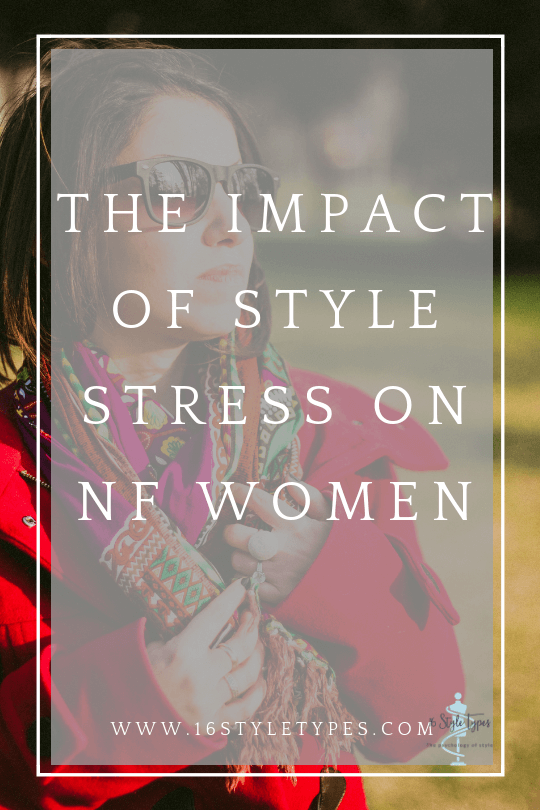
INFJ Stress and Style
With an internally-generated vision of her most stylish self, the Subtle Stylist INFJ can become stressed when she can’t track down items that match her vision, or when external expectations clash with her sense of style. Stress may show up in any number of ways, including:
- She may find herself tiring more easily in extraverted situations if she feels like she’s wearing someone else’s clothing or dressing to satisfy external pressures, whether at work or social settings. The INFJ generally “knows” what she wants to wear at a given time; the “wrong” outfit can even interrupt creative flow
- If she had a wardrobe plan for an occasion or for the week or for a trip and something goes wrong—the weather changes unexpectedly or something needs mending, or she misread what she might need—she may feel robbed of the control she prefers
- If her choices, or external pressures, mean too many details are involved, she may lose track and fail to pull off what she envisioned. She may not consciously think about how jacket and skirt cuts will harmonize, or whether necklace lengths will be right, or if she has tights or a belt in the right color until it is too late to fix her plans
To cope with the style-stress, the INFJ may find herself surrounded by a pile of clothes she’s tried on but can’t quite make work for the day or the occasion—or making an emergency shopping trip in hope of inspiration. She may become unnaturally pessimistic about her ability to present herself with that special combination of unique, comfortable, personalized style.
Breaking the cycle of INFJ style stress
Pathways that support INFJs in regaining their sense of internal control allow for productive use of Sensing, including the following suggestions:
- Pursing the creative —make a necklace, discover new ways to tie a scarf or use an accessory, sew a one-of-a-kind item, or even take a favorite blouse to a favorite store and ask for ideas for blending it into an entirely new look
- Engaging in a physical activity. Don a favorite workout shirt or leggings, get outside, and reconnect with what she values in the here and now
- Concentrating on what is already working well. List her go-to outfits, re-sort her wardrobe so the pants that fit perfectly are easy to find, and dump pieces that don’t say “You!” Ask the person who will honestly tell her, “Not that jacket even if it’s on sale for 90% off” for advice on what to rid her closet of so she can more easily find the gems that match her inner sense of style
ENFJ Stress and Style
Aware of the impact style has on important connections and outcomes, the Expressive Stylist ENFJ can become stressed if there is insufficient harmony in her style and where her style choices feel out of equilibrium with her audiences and goals. There are any number of ways stress-style may show up for the ENFJ, including (but not limited to):
- She may be making style mistakes for connection reasons that don’t gel with her ideals. Wearing a tailored, conservative corporate dress code because it’s the expected dress code when her personal choice might be for something more relaxed or creative, for example
- She may believe she’s hurt someone’s feelings or gotten off on the wrong foot with an important connection due to her style choices. Examples are situations where she draws too much attention due to an unexpectedly creative ensemble, or being under- or over-dressed for what the situation calls for
- She may feel unappreciated for her conscious style efforts with important others. Wearing a new ensemble she’s thought long and hard about to an event and having her partner not notice, for example
To cope with the style-stress, ENFJs may redouble her efforts and become excessively critical of herself, putting aside favorite activities and hobbies, and ending up emotionally exhausted.
Breaking the cycle of ENFJ style stress
Pathways that help ENFJs get back into control are effective employment of Thinking, including the following suggestions:
- Applying objective criteria to her style dilemmas and using some logical analysis. This may work best when talking through with a supportive friend – the pros and cons of each style idea with their possible consequences, for example
- Engaging in some light-hearted style activities that also require logic, such as watching movies or TV shows and exploring each character and their costuming – how their costumes relate to their characters, what she appreciated in the clothing she sees the characters wearing, and so on
- Setting some clear style boundaries as a way of avoiding overwhelm. Consider key questions, such as: What are your true style priorities? What criteria should you be using to say yes and no to the style options you have? How much time and effort do you want to invest in your style?
INFP Stress and Style
Quietly crusading on important issues, the Eclectic Stylist INFP is a true style original, expressing her style based on the beat of her individual style drum. When style stressed, the INFP loses this important connection to her individuality, to her detriment and others. Style stress shows up in many ways:
- A feeling of disconnection to what is truly important. Perhaps it’s compromised values or feeling pressure to adopt style behaviors and expressions that feel insincere in significant ways. Perhaps there’s far too little room for personal expression in how she dresses in her current work environment, or perhaps her underlying need for beauty isn’t being expressed adequately, leaving her feeling dislocated and unfulfilled in her style
- A feeling of inauthenticity about her style expression. If who she is at her core isn’t being expressed in her style, she may feel she’s trying to be someone she simply isn’t, can never be, and doesn’t want to be
- A feeling of urgency to conform to style boundaries or to make important style decisions. Perhaps she’s being urged to get rid of everything in her closet that she hasn’t worn in a year (common wardrobe culling advice) – knowing that she’ll be deeply unhappy (even unsettled at the core of her being) if she follows this advice
Becoming overly bossy and refusing to listen to others are all uncharacteristic of a happy, healthy INFP and therefore are ways to identify when she’s suffering style stress.
Breaking the cycle of INFP style stress
Pathways that help INFPs get out of the grip of style stress involve good use of Thinking, including the following suggestions:
- Applying some much-needed analysis to get clearer on what’s actually happening: what was said and done? What value came into play and was the reaction in proportion to the incongruency with the value? What were the consequences? How could this style dilemma be avoided in future?
- Investing some quality time in getting organized. Ordering, deciding, marshalling, sorting her wardrobe according to a sound method of organization can help her regain productive control
- Project managing key aspects of style. Charting use of current items, applying a pro/con approach to key items, creating a packing chart for her next trip, or employing any other kind of logical analysis to key style processes can help
ENFP Stress and Style
Adept at pulling others into their imaginative worlds, the Charismatic Stylist ENFP can find herself style stressed if her style values ae challenged or she feels too constrained. Style stress can show up in any number of ways but include:
- Feeling that she has to make style choices which compromise her sense of integrity or that might jeopardize an important relationship such as being pressed to shop ‘fast fashion’ or having to dress to fit in to a strict corporate dress code that limits all creative expression
- Too many constraints and restraints such as seemingly archaic style rules “(blue and green should never be seen” – why exactly is that?) or feeling isolated in her style landscape where there’s not enough interaction to help her figure her style solutions for herself in concert with especially chosen others
- Becoming overwhelmed with details and facts that detract from the big style picture, such as a series of seemingly minute specifications on what makes an outfit work, when she really needs an overarching theme as a guide – all else will flow from there!
When overwhelmed by style stress, ENFPs can obsess on finding more options, no matter how crazy they may seem—until there are no more options and they spiral into even more unworkable landscapes.
Breaking the cycle of ENFP style stress
Pathways that aid ENFPs to regain their equilibrium include productive use of Sensing, including the following suggestions:
- Finding a solitary pursuit that uses the five senses: get into her wardrobe and try on everything, take a shopping recon into a fabric store to touch, see and even hear the various fabrics, go to a bead store and play around with all the various shapes, colors and textures, or spend time style filing (hard copy or online) specific looks that appeal
- Taking greater self-care steps including a healthy morning routine, massage or other tactile experience, making time for a relaxing bath or sauna, or other ways to focus on tangible physical needs including getting enough water throughout the day and getting enough sleep. Simplify, simplify, simplify!
- Concentrating on the facts of a situation and the desired bottom-line. What is really happening? How might a stylish friend define the situation? What are the energy costs associated with the problem? What realistic steps to take to avoid similar situations?
